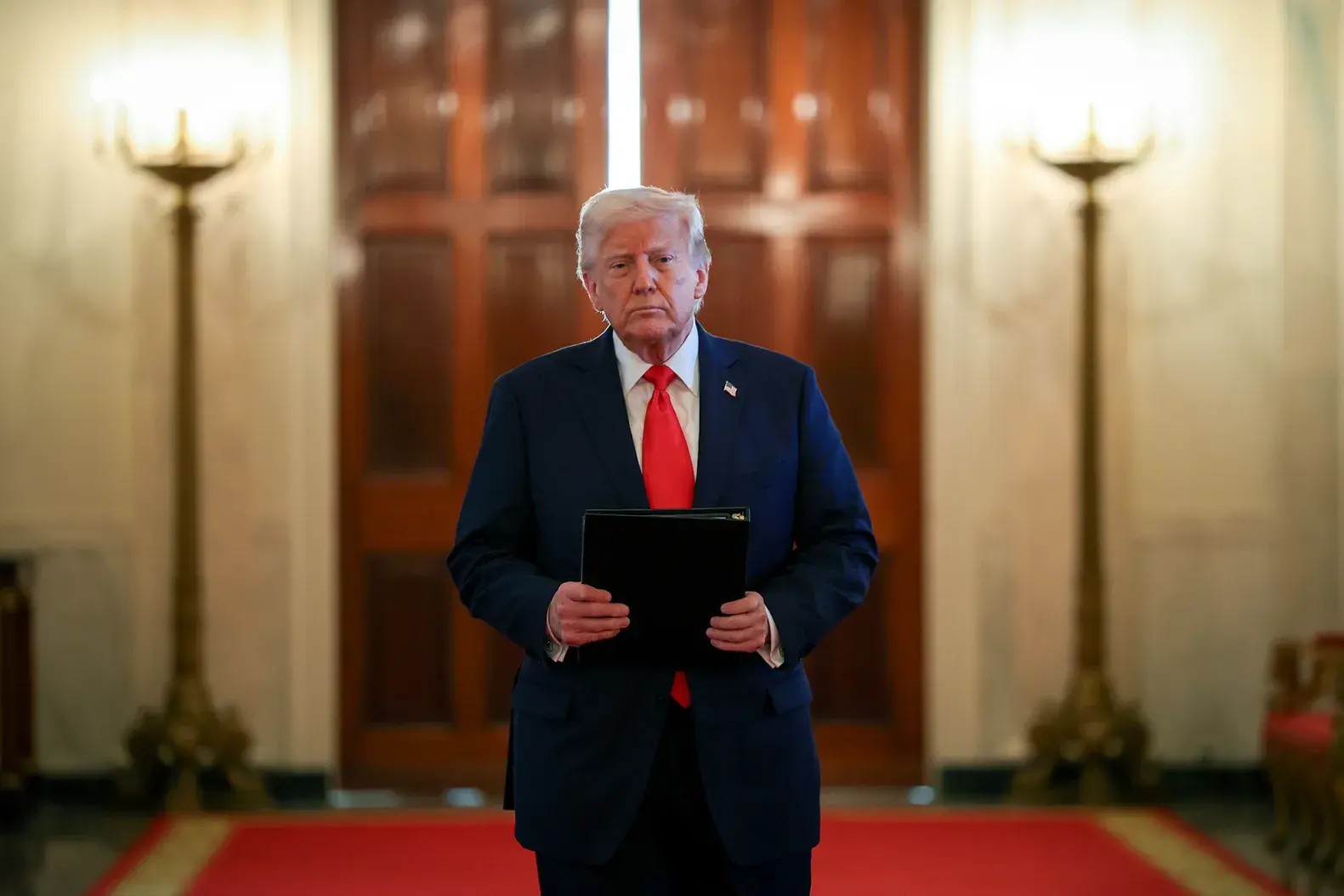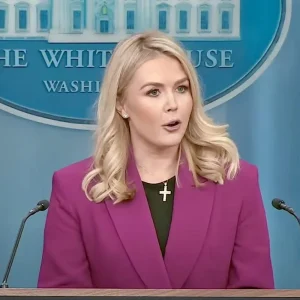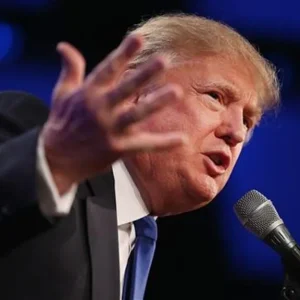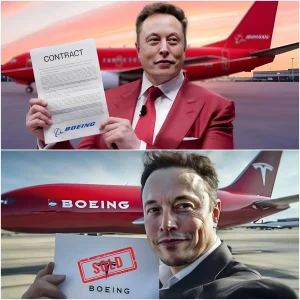Former President Donald Trump recently made headlines with a bold statement, claiming, “The good parts are the Trump economy and the bad parts are the Biden economy.” This remark, delivered during a speech to supporters, reflects his ongoing narrative of contrasting his tenure with that of the current administration. Trump’s assertion taps into a polarized debate about economic performance, with his supporters praising his pre-pandemic achievements while critics point to challenges under both leaders.

During Trump’s presidency, particularly from 2017 to early 2020, the U.S. economy experienced notable growth. Unemployment dropped to a 50-year low of 3.5% in February 2020, and the stock market saw significant gains, with the Dow Jones Industrial Average rising over 50% during his term. Tax cuts enacted in 2017, including the Tax Cuts and Jobs Act, were credited with boosting corporate investment and consumer spending. Trump often highlights these metrics as evidence of his economic success, arguing that his policies set a strong foundation before the COVID-19 pandemic disrupted global markets.
However, the pandemic brought unprecedented challenges, with the economy contracting by 3.4% in 2020—the worst decline since World War II. Critics argue that Trump’s handling of the crisis, including initial delays in response, contributed to economic instability. The subsequent recovery began under President Joe Biden, who inherited a nation grappling with high unemployment and supply chain issues. Biden’s administration passed the $1.9 trillion American Rescue Plan in 2021, which many credit with accelerating job growth and reducing unemployment to 3.8% by early 2025. Inflation, however, spiked to over 7% in 2022, a point Trump seizes on to label the “Biden economy” as faltering.
Trump’s statement simplifies a complex picture. Economists note that global factors—such as the pandemic, Russia’s invasion of Ukraine, and supply chain disruptions—have influenced both administrations. Data from the Bureau of Labor Statistics shows job creation continued under Biden, with 13 million jobs added since January 2021, though wage growth has struggled to keep pace with inflation. Trump’s camp argues his deregulation and trade policies, like the USMCA, laid the groundwork for long-term growth, while Biden’s supporters point to infrastructure investments and green energy initiatives as future-proofing the economy.
Public opinion remains divided. Polls from early 2025, such as those by Gallup, suggest 45% of Americans feel the economy improved under Trump, while 38% credit Biden’s policies. Trump’s rhetoric resonates with his base, who see the current inflation and housing costs as Biden’s failures. Yet, independent analysts caution against oversimplifying, noting that economic cycles and external shocks play significant roles.
As the 2025 political landscape heats up, Trump’s framing of the economy as a tale of two administrations will likely dominate discourse. Whether it sways voters will depend on how much they attribute current conditions to past policies versus present leadership. For now, his claim serves as both a rallying cry and a challenge, inviting scrutiny of the data behind the “Trump economy” and the “Biden economy.”






